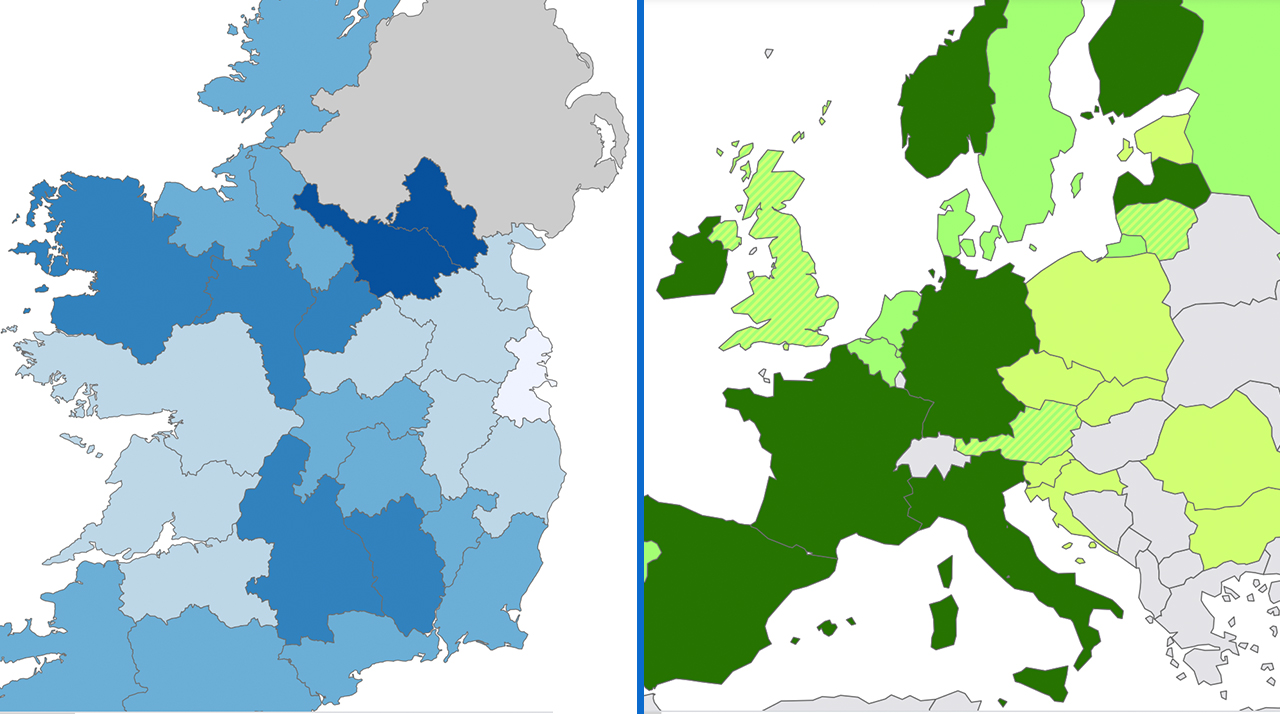Bioeconomy Ireland Week has begun! And here is Monday’s daily map.
The relevance of the bioeconomy
The bioeconomy has been acknowledged as an important contributor in achieving a sustainable and resilient economy. Its significance in terms of social aspects is also recognised, along with its environmental credentials, particularly when linked to the circularity– the circular bioeconomy. Many countries across the EU have developed strategies at national level to proactively support its development. Ireland’s national policy statement, developed in 2018, was led by the Department of the Taoiseach. Its implementation is overseen by the Bioeconomy Implementation Group, which is co-chaired by DAFM and the Department of Environment, Climate and Communications (DECC).
In two maps we will show (a) the development of national bioeconomy strategies in Europe, and (b) employment in the bioeconomy in Ireland as a share of overall employment as one measure of its significance.
Bioeconomy Strategies in Europe (click to see map)
The European Commission produced its first bioeconomy strategy in 2012[i]. It was based on defining the bioeconomy as “the production of renewable biological resources and the conversion of these resources and waste streams into value-added products, such as food, feed, bio-based products as well as bio-energy”. This was reviewed and updated in 2018, as more knowledge was obtained on the benefits of the bioeconomy and the challenges faced in realising its potential. The revised strategy views the bioeconomy more widely, reflecting a view that the potential contribution of cities to the bioeconomy remains largely unexploited and includes consideration of the services provided by the bioeconomy also[ii].
Across Europe, individual member states are at different stages of development. This map shows the member states that have developed national and regional bioeconomy strategies to date. Ireland, having developed a national bioeconomy policy statement in 2018, is clearly on the map. The map however belies differences in the stage of development of the bioeconomy with some countries, e.g. Italy, having already reviewed and revised earlier national strategies.
Considerations behind the development of a national policy statement in Ireland included recognition of its potential to provide economic benefits and employment opportunities, particularly in rural areas and its contribution to climate change. It was an important signal, nationally and internationally, that Ireland is committed to the development of the bioeconomy.
Share of the workforce employed in the bioeconomy (click to see map)
The bioeconomy is an important employer in Ireland. There is a large variety of sectors that are either fully or partially considered to be part of it. A list of these sectors was compiled as part of the report “Getting (some) numbers right – derived economic indicators for the bioeconomy”[iii] produced by the European Commission’s Joint Research Centre (JRC). The report lists the industrial activities regarded as part of the bioeconomy based on the European industrial activity classification (or NAVE Rev.2) which assigns unique codes to specific groups of industrial activity.
[i] https://op.europa.eu/en/publication-detail/-/publication/26b789d4-00d1-4ee4-b32e-2303dfd2207c
[ii] https://ec.europa.eu/knowledge4policy/publication/updated-bioeconomy-strategy-2018_en
[iii] M’barek, R.; Parisi, C.; Ronzon, T. (editors), Getting (some) numbers right – derived economic indicators for the bioeconomy, EUR 29353 EN, Publications Office of the European Union, Luxembourg, 2018, ISBN 978-92-79-93907-5, doi:10.2760/2037, JRC113252. P. 6



No responses yet